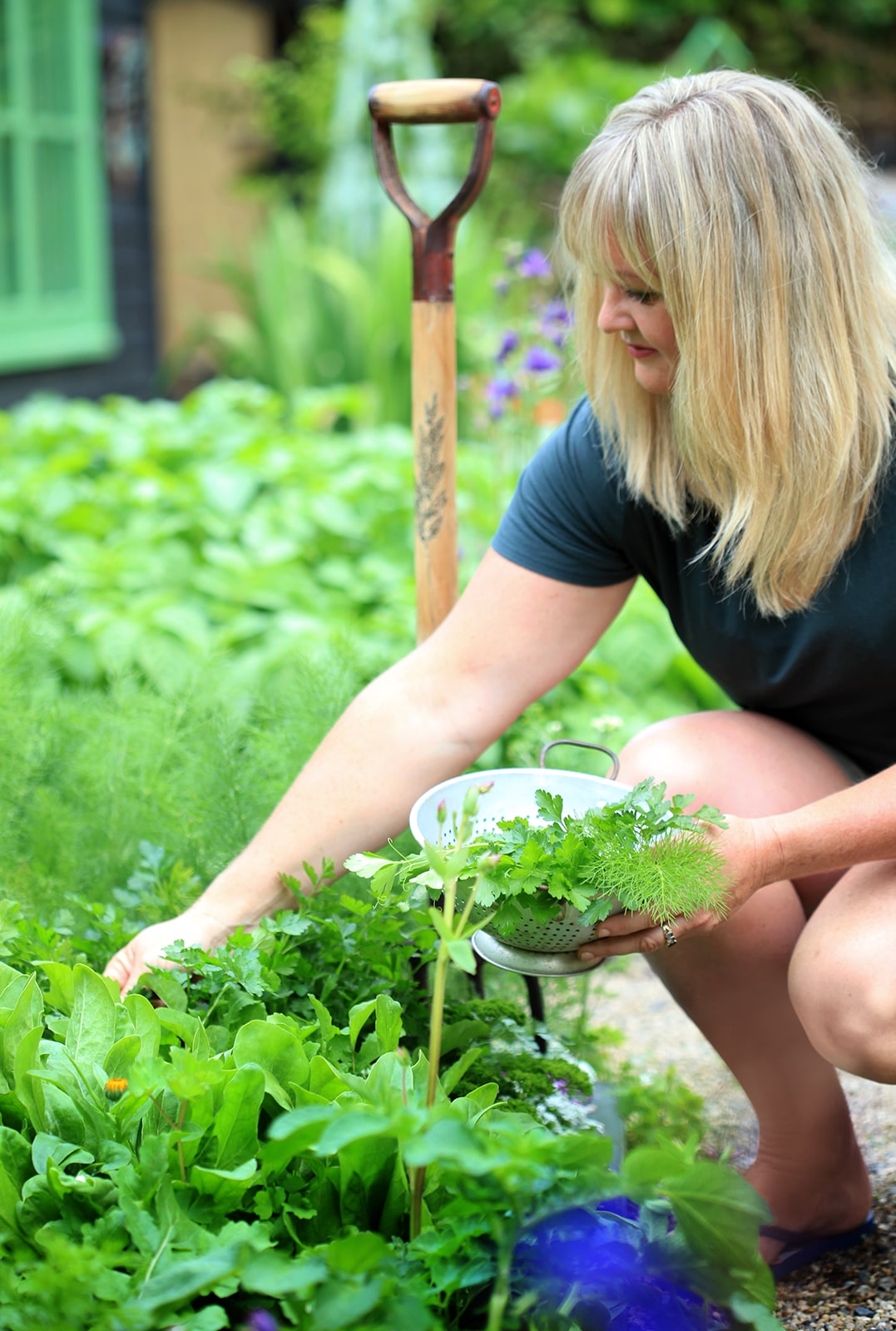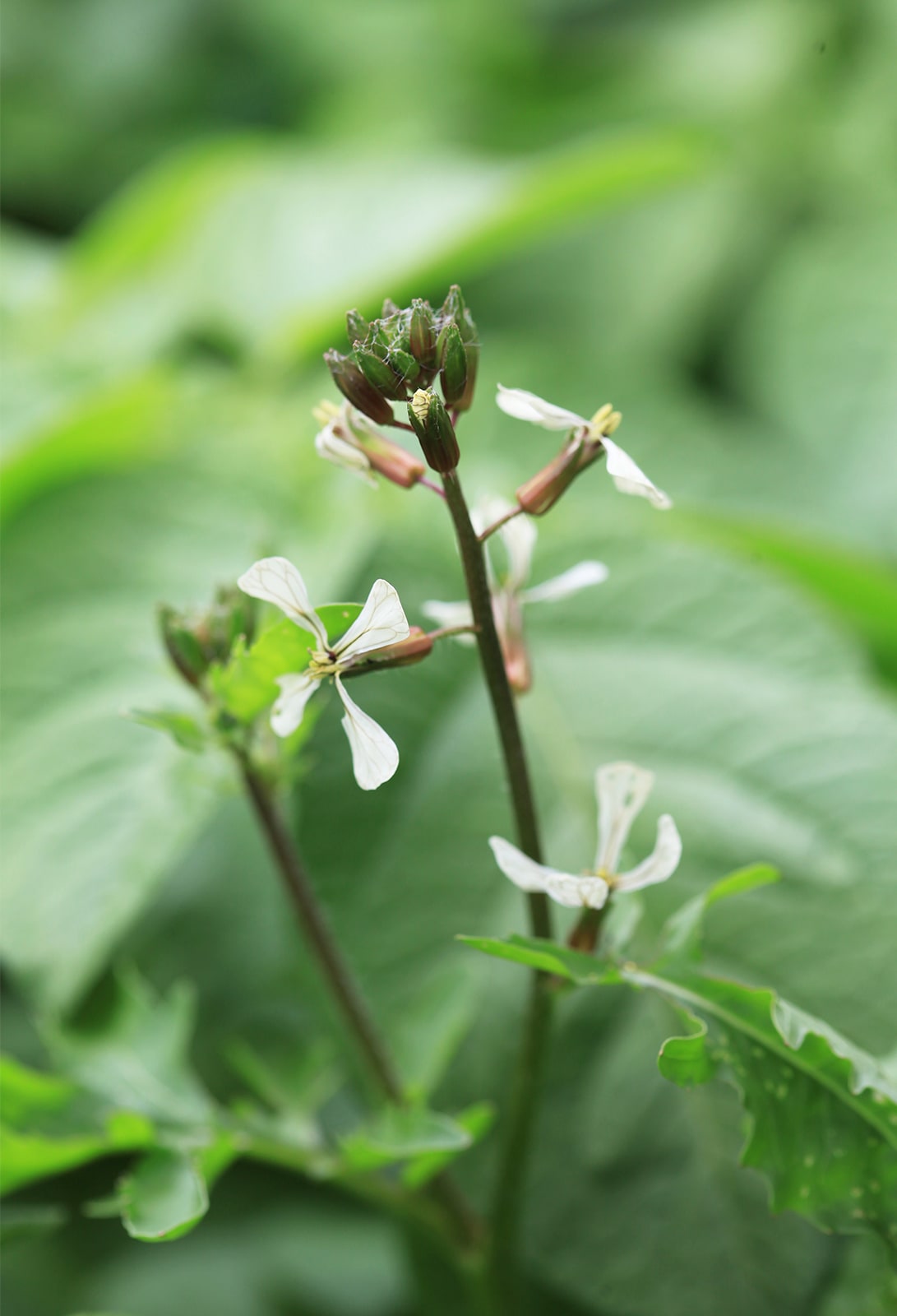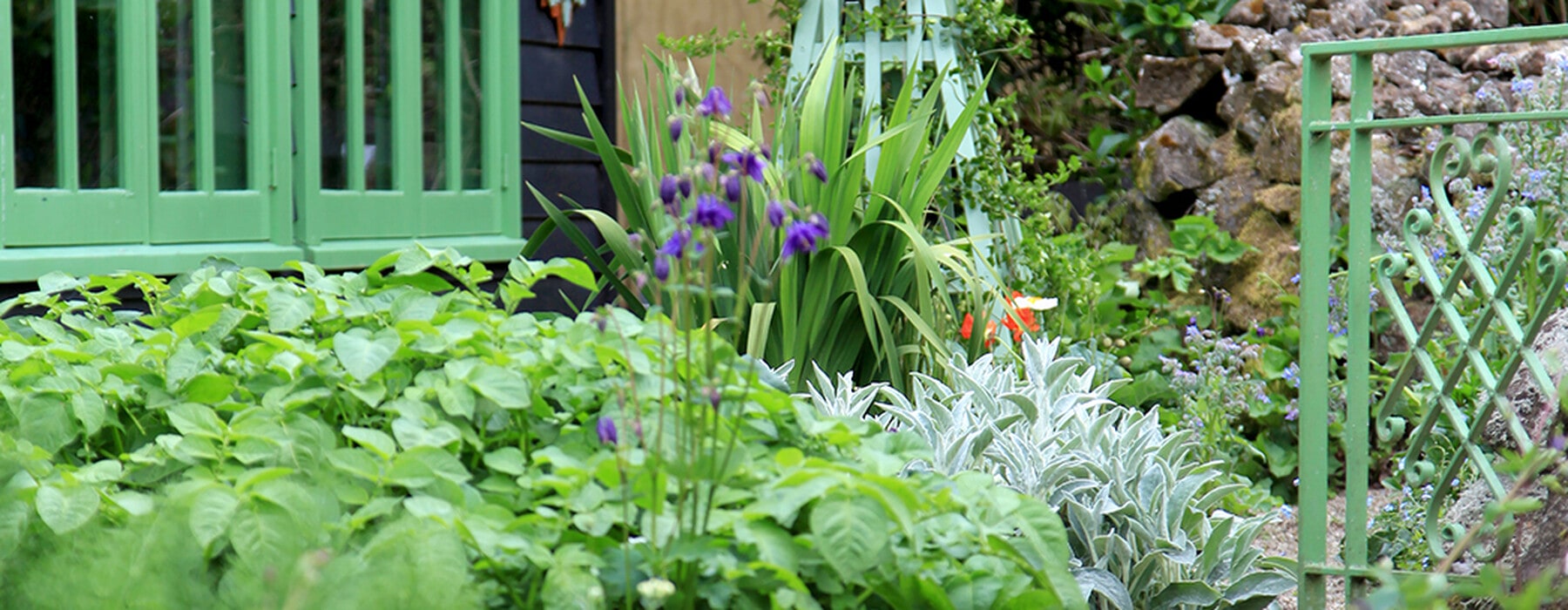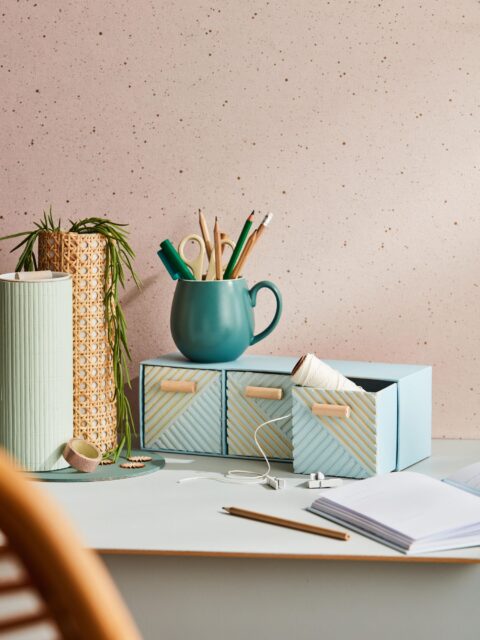Lynda Hallinan discovers that location, location, location is the secret to actually harvesting and eating the summer veges she grows.
There was a time, not that long ago, when urban vegetable gardens were treated like dirty little secrets to be hidden out of sight from the street. Garden design books from my grandparents’ era speak of “his” and“hers” gardens and while the women tended matchy-matchy flower borders of bedding annuals out front, the menfolk were banished to the far corner of the backyard to mound up Agrias and grow runner beans as long as your arm.
“Down the back” was also where you’d find a few fruit trees, a compost heap, a 44-gallon drum incinerator and the rotary clothesline, which – unfortunately for the woman lugging a full basket of wet washing (and it was always a woman) – was usually inconveniently located about as far from the laundry as possible.
When I started writing about gardening, 20-odd years ago, the traditional quarter-acre block was being cross-leased and subdivided into smaller sections. The once ubiquitous Hills Hoist was turfed out in favour of tumble dryers and retractable clotheslines, and landscape designers were called upon to install patios, pergolas, decks, barbecue areas and raised vegetable beds.
In my former city garden, I wanted all that and more. I planted dwarf fruit trees and Dad helped me build four raised beds so I could have a crack at inner-city self-sufficiency. I wanted my vegetable garden to look like a French “potager”, the name given to a pretty but practical kitchen garden where flowers and all manner of vegetables happily cohabitate rather than sticking to their lanes in a traditional row-upon-row plot.

When I moved to the country a decade ago, I stuck with that casual potager style, albeit on a grand scale. Until a few months ago, I grew all our vegetables in 36 square beds in a converted equestrian arena at the bottom of the hill below our house. From my kitchen, it’s 188 steps down three flights of stairs through my citrus grove and plum orchard, and 171 steps home again if I hike back up the steep rose garden path. Both directions are fraught with fruity and floral distractions and slippery with moss in winter. (My herb garden, meanwhile, is just seven steps to the right of our front door, which explains why our meals were increasingly tasting of mint, parsley, sage and rosemary.)
Last year, having turned 45 and then broken my foot, I experienced an unexpected edible gardening epiphany. As I get older, I’m getting lazier – and quite frankly, I can no longer be bothered walking all that way to pick dinner, even if my Fitbit buzzes approvingly.

Conveniently, I’d also grown bored with the clipped buxus balls that used to hog the four beds in front of our stable block, 12 steps to the left of our house, so they recently got the heave-ho to make way for a new mini (and manageable) vegetable garden.
When your backyard isn’t limited by urban boundaries, it’s easy to overdo it, to sow a packet of zucchini seeds or several dozen lettuces when one or two plants would probably suffice. Every year I’m ashamed to admit that we grow far too much of everything and eat only a fraction of it.
In my defence, nothing goes to waste. Our kunekune pig has an insatiable appetite for missed marrows, the chooks clean up crops that run prematurely to seed – here’s looking at you, parsnips – and our rescue cows, Rusty and Dusty, chomp the caterpillar-infested brassicas.
To prepare my new plot, in spring I dug in compost and a sprinkle of general garden fertiliser then direct- sowed carrots, rocket, spinach and sugar snap peas.
I mounded up two rows of ‘Swift’ and ‘Rocket’ seed potatoes and transplanted baby beets, basil, celery and cherry tomatoes for summer, plus borage for bees and calendulas, larkspurs, dahlias and sweet peas for posies.
Three months on, we’ve tripled our vegetable consumption, proving that indolence, ironically, can also be quite an incentive to get growing.

Potager pointers
- The fundamental rule of real estate marketing – location, location, location – also applies to raised beds. The closer your beds are to your kitchen, the more likely it is that you’ll eat from them every day.
- If you can harvest in bare feet, even better. All-weather access is important too – gravel, grass and bark paths are all comfortable underfoot, whereas concrete and tiles are often intolerably hot in summer.
- Choose a spot with full sun, shelter and free-draining soil. Keep raised beds low, unless your soil is puggy clay, or you’ll be forever topping them up with store-bought mixes.
- Save space by growing climbing crops of beans, peas, cucumbers and gherkins up teepees, trellis or netting frames.
- Starting out this season? Aim for salad self-sufficiency by sowing baby spinach, mesclun, cos and oak-leaf lettuces, coriander, basil and Italian parsley in tubs or troughs.








